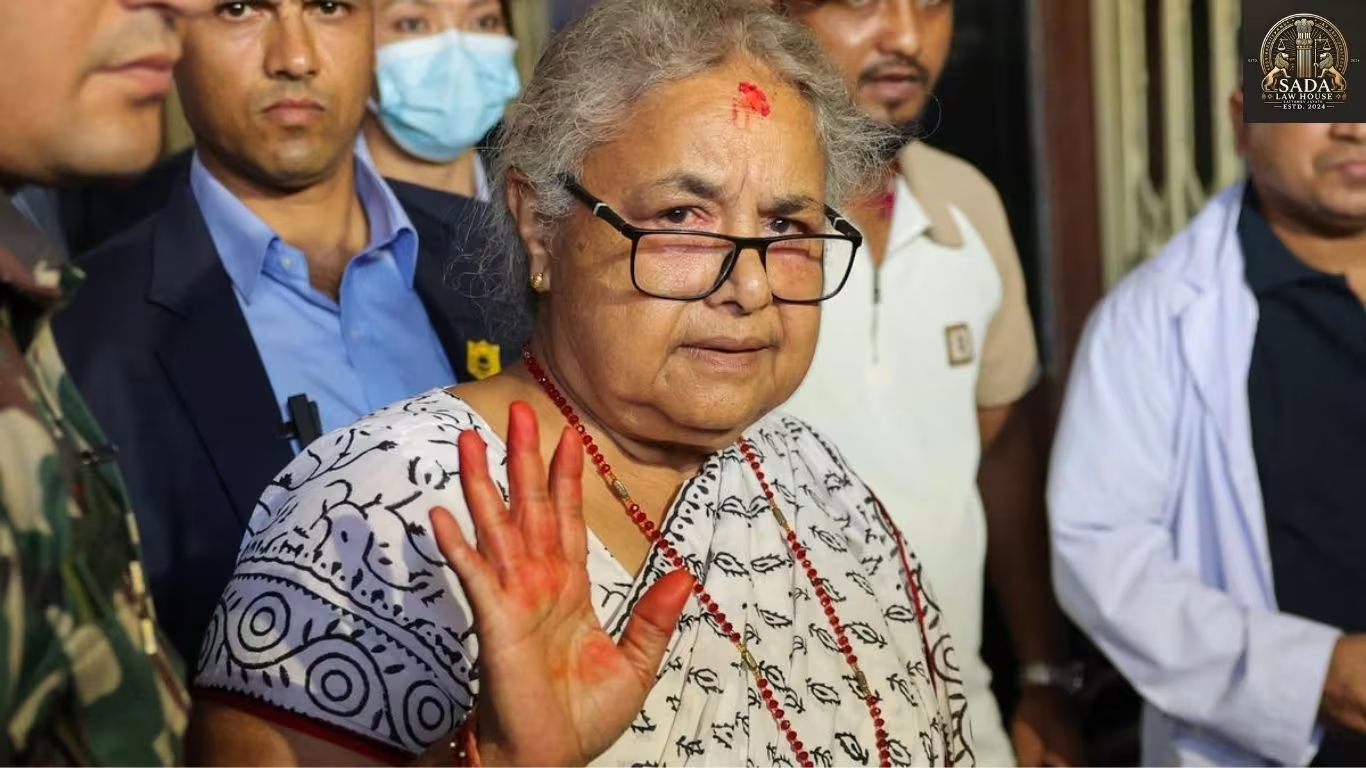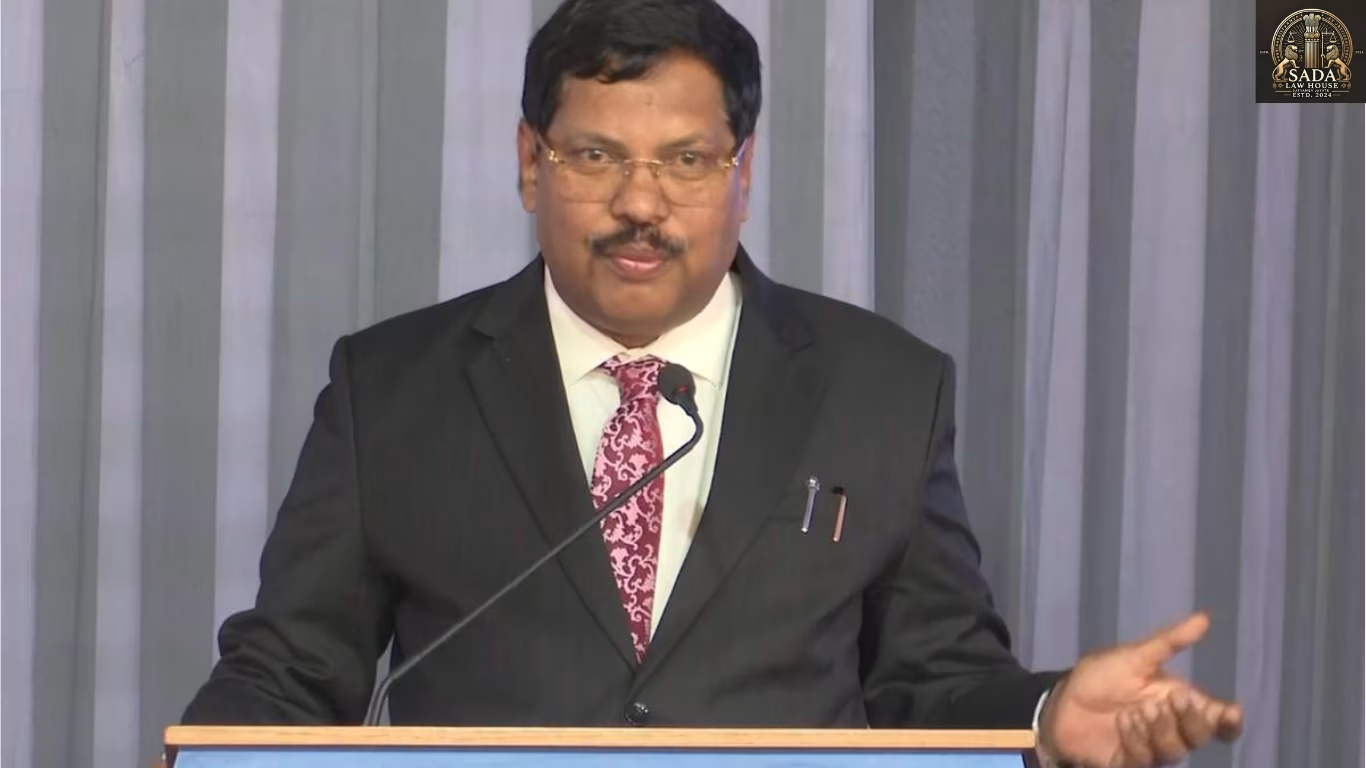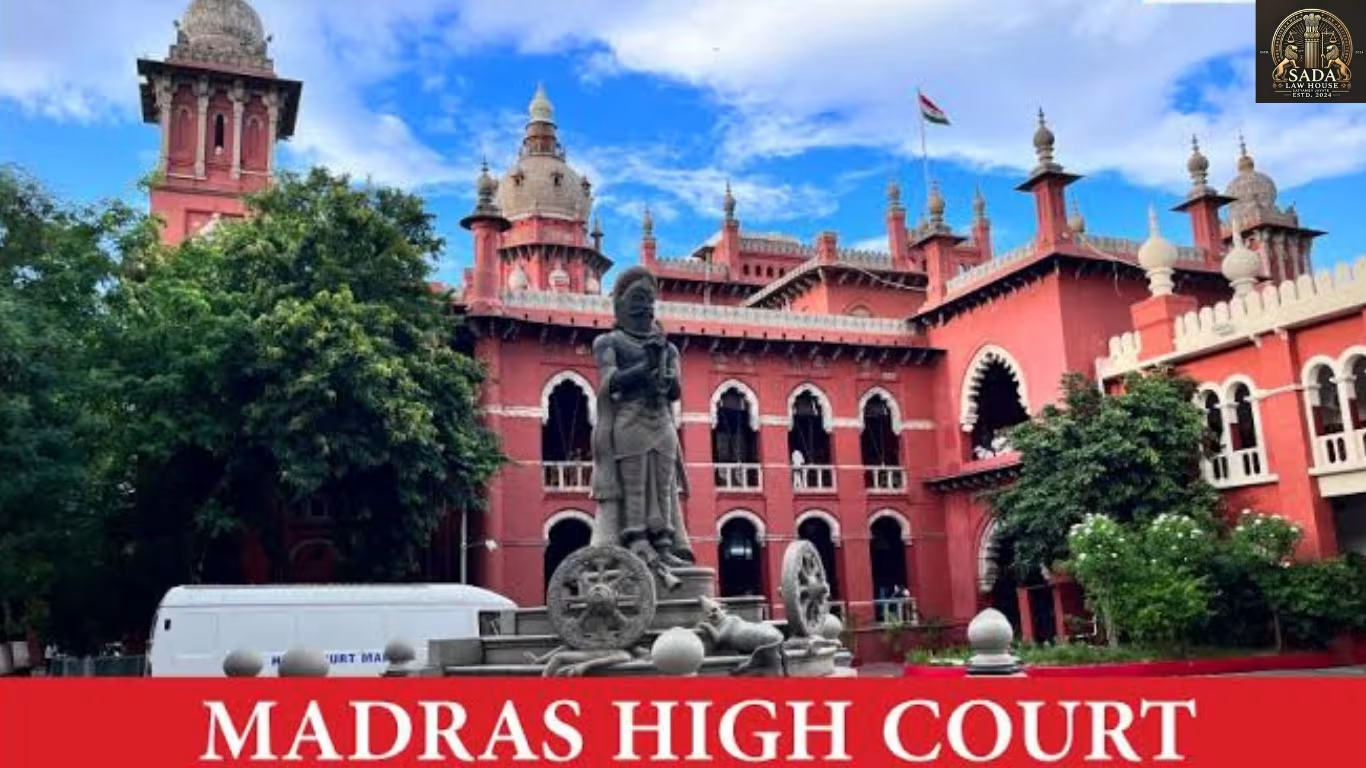Nepal Dissolves Parliament, Calls March 2026 Elections After Gen-Z Uprising
- Shristi Singh
- 14 September 2025

Introduction
Nepal’s turbulent politics reached a turning point as President Ramchandra Paudel dissolved the federal Parliament and announced general elections for 5 March 2026. The decision followed weeks of deadly youth-led protests that forced the resignation of Prime Minister K.P. Sharma Oli. In a historic move, former Chief Justice Sushila Karki was appointed as the country’s first woman interim Prime Minister, tasked with restoring calm and steering Nepal toward elections.
Background of the Crisis
The crisis erupted after the government imposed a controversial social media ban, perceived by young Nepalis as an assault on free expression in a country already plagued by corruption, unemployment, and poor governance. Protests intensified across major cities, sparking violent clashes with security forces:
51 killed
1,300+ injured
Government offices, police stations, and public property attacked
It became the worst unrest since Nepal’s transition to a federal democratic republic in 2008.
Resignation of Prime Minister Oli
Facing mounting criticism of authoritarianism, corruption, and mismanagement, Prime Minister Oli resigned earlier in September. His departure left a power vacuum at a time of deep mistrust in traditional political parties.
Appointment of Interim Prime Minister Sushila Karki
To stabilize governance, leaders turned to Sushila Karki, Nepal’s first woman Chief Justice (2016–2017). Known for her anti-corruption stance and independence, she became the first woman Prime Minister of Nepal. Her appointment carried symbolic weight, especially for women and youth who see her as a figure of change.
Dissolution of Parliament
On 13 September, President Paudel dissolved Parliament under constitutional powers, announcing:
General elections on 5 March 2026
An interim government under Karki to oversee polls
A call for stability and peace before elections
This is being described as a democratic “reset button” for Nepal.
Life Slowly Returning to Normal
After days of curfew and violent clashes:
Shops reopened
Traffic resumed
Protest barricades were cleared
But grief continued as families of victims demanded martyr status and compensation.
India’s Reaction
India welcomed Nepal’s decision, expressing:
Hope for peace and stability
Support for democratic processes
Readiness to assist with transition
New Delhi’s response is significant, given its influence in Nepal and concerns about China’s role.
Challenges Facing the Interim Government
Karki’s government faces immense hurdles:
Restoring Public Trust amid youth disillusionment.
Organizing Fair Elections within six months.
Addressing Protester Demands for accountability, reforms, and internet freedom.
Managing Regional Pressures between India and China.
International Significance
Democratic Test: Nepal’s young republic is under scrutiny.
Regional Stability: Instability could affect India-China dynamics.
Human Rights: Global calls for justice over protest deaths.
UN Response: Offering assistance in monitoring elections.
Public Opinion
Supporters: View Karki as a clean break from corrupt elites.
Skeptics: Fear her lack of political machinery may limit effectiveness.
Social Media: #FirstWomanPM and #JusticeForMartyrs trend, showing both hope and anger.
Analysis
The dissolution of Parliament and Karki’s appointment have calmed tensions for now. Yet, deep issues—corruption, unemployment, weak institutions—remain unresolved. Without real reforms, the March 2026 elections risk fueling another cycle of disillusionment.
Conclusion
The 13 September decisions mark a pivotal moment in Nepal’s history: Parliament dissolved, elections announced, and Sushila Karki appointed as interim Prime Minister. Symbolism has bought temporary peace, but the real test lies ahead. For Nepal’s democracy to survive, leaders must deliver not just elections, but justice, accountability, and systemic reform in the coming months.






